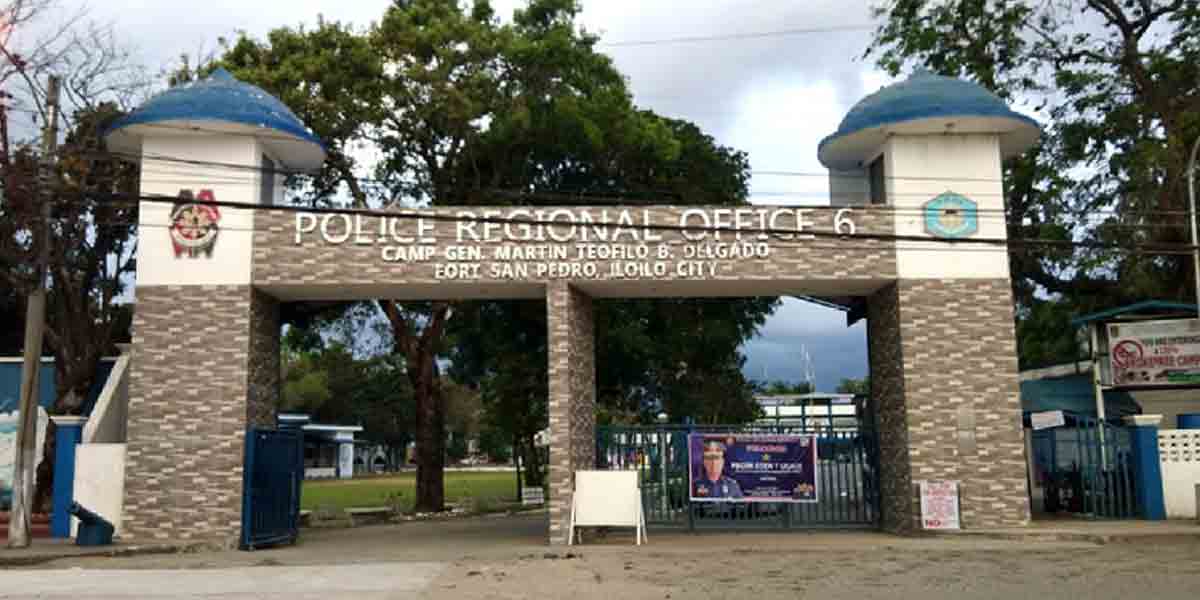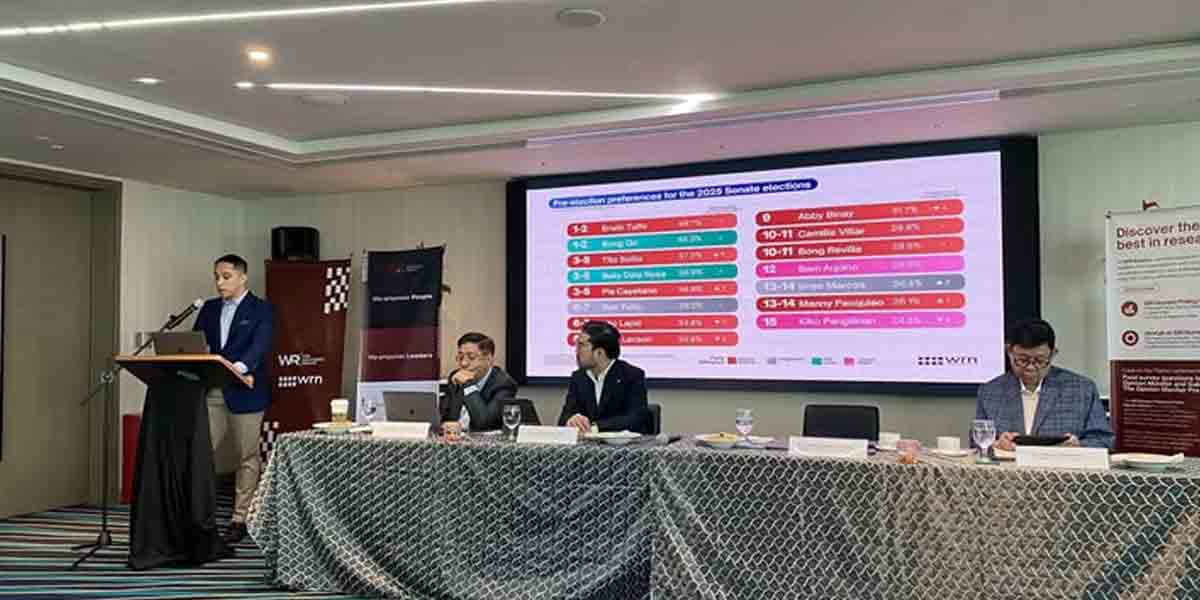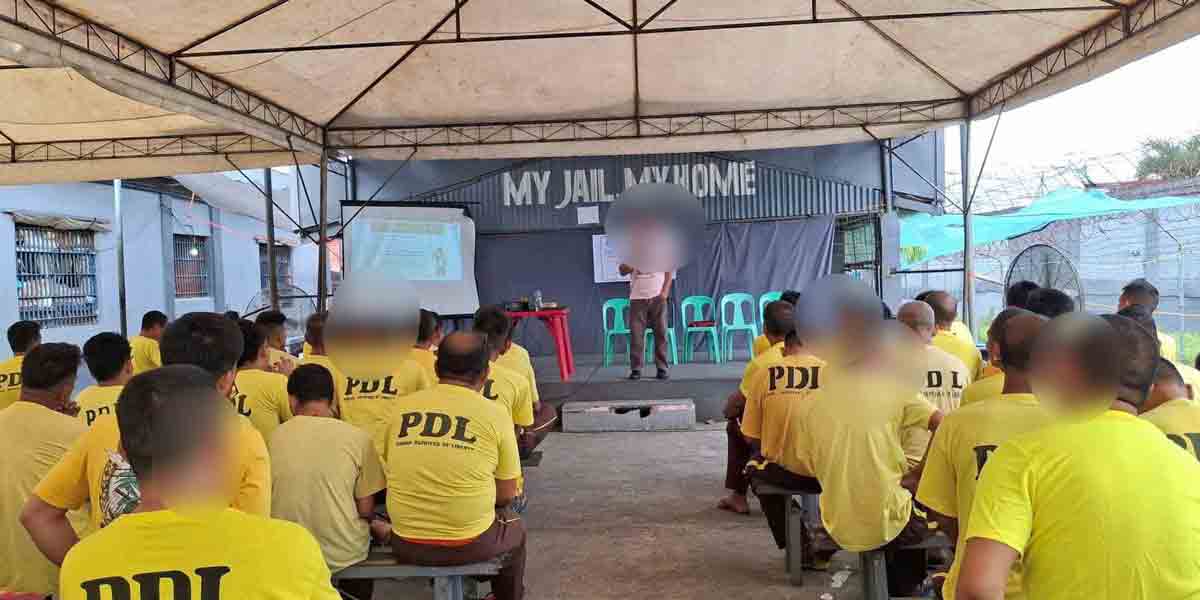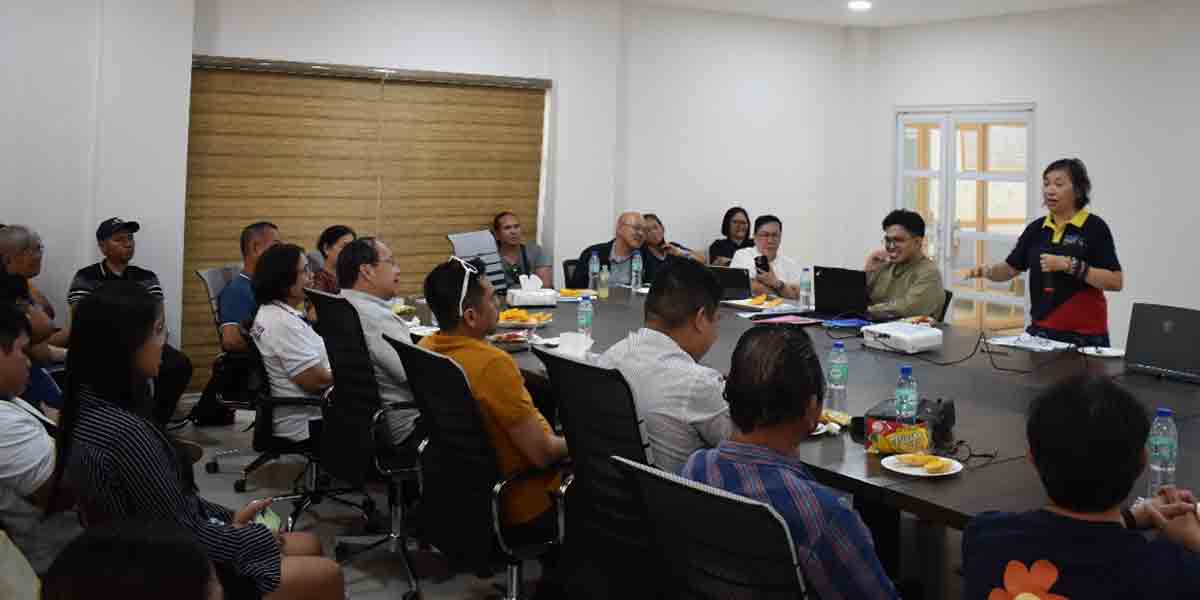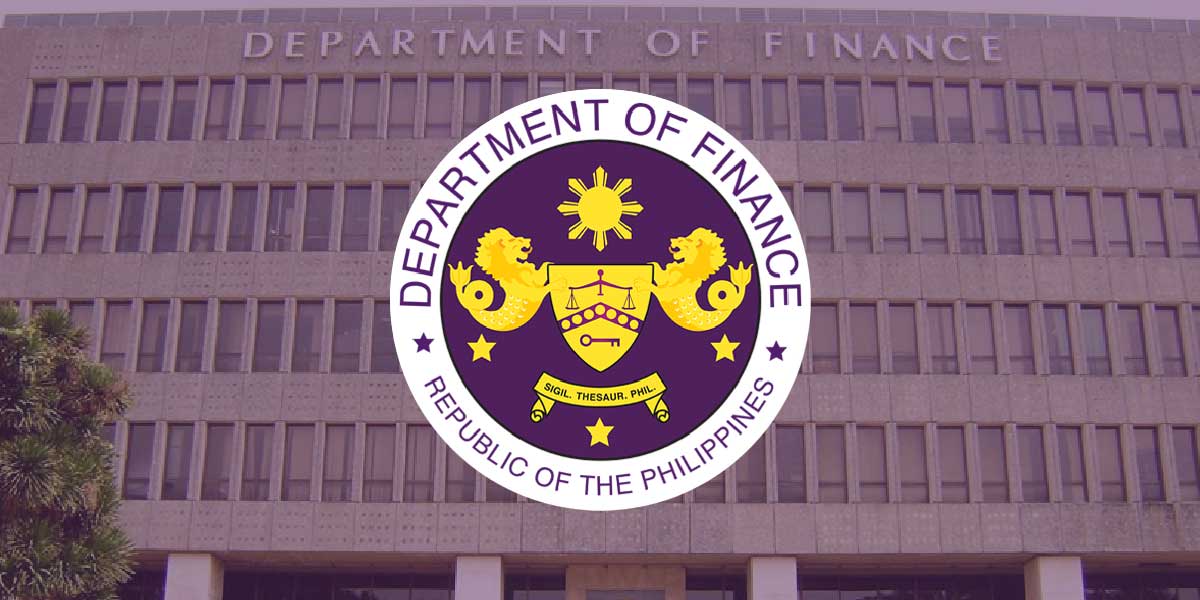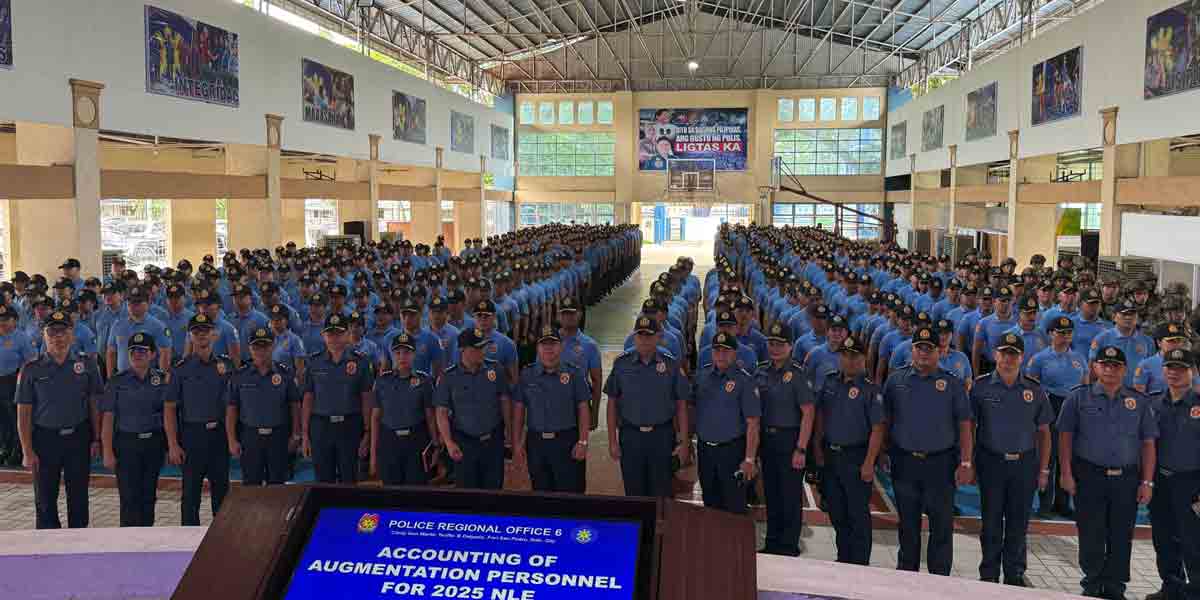By: Edmund S. Tayao
LET’S CALL a spade a spade. There’s no such thing as further decentralization! At least not in the current context, not under the current political system and governmental framework. Whenever I hear someone say, let’s just further decentralization, I can’t help but think perhaps they simply can’t be that forward and say, let’s preserve the status quo as we are benefitting from it, or (which to me is worst), there has been no effort to understand the current political and governance setup reflected in the policy process and public administration.
There has to be an honest to goodness, level-headed, objective assessment of how policy-making and governance have ensued. Then we’ll have a clear, unbiased lens at reforms and liberate ourselves from what has become sadly acrimonious partisanship in the country. We have become loyal to a fault to particular personalities and their clans that even those who have long been campaigning for system change have now themselves become against it.
We have had good laws ever since, suggesting that our political leaders are aware that there are problems, most of which are development problems and that these have to be addressed if we are to develop. As early as 1989 for example, the government already knew it had to have the telecommunications industry more responsive to the public allowing other players into the market. Today we complain of dropped calls, barely working mobile data, but in the 80s, some will remember the rather odd setup where each line (landline, that is, as there were no mobile phones yet) were shared with another subscriber. If you needed to make a call and the other subscriber sharing your line was using it, you would have to “patiently” wait for the line to be free; hence the need for more players.
PLDT, of course, remained the dominant telco that if you were to subscribe with another provider, it would have been impossible for you to get in touch with whoever was still subscribing to PLDT. So, E.O. No. 59 was signed in 1993, prescribing policy guidelines for Compulsory Interconnection of Authorized Public Telecommunications Carriers. Clearly, the government has been responding, but as to how effective and lasting the response is, that’s entirely another question.
Fast-forward today or 30 years after, we no longer have shared phone lines or “party line,” as it was famously called and we now have mobile phones. Still, the kind of telco service is hardly reliable and a lot more expensive compared to many countries around the world. And do not bother complaining unless you can afford to spare considerable time waiting for these telcos to respond to your complaint. This, despite the passing as early as 1995 of R.A. 7925, the Public Telecommunications Policy Act of the Philippines that is interestingly supposed to provide a “healthy and competitive environment… while maintaining affordable rates” in the telecommunications industry (Art. II. Sec. 4f). Still, we remain behind other countries, even our neighbors, yes, even other developing countries, in telecommunications. As already mentioned, we continue to have problems of dropped calls, consumed loads even though unused, barely usable mobile data, and astonishingly more expensive rates and fees.
The power industry is another interesting sector that requires reform ever since. The cost is staggering and it is very sad that the countryside has yet to enjoy reliable and steady electricity. Again, even only compared to our neighbors, we are paying twice as much. But our political leaders have been responsive. R.A. 9136 or the Electric Power Industry Reform Act (more popularly known as EPIRA) was passed in 2001. The objective then was to “achieve reliable and competitively priced electricity.” Needless to say, it remains an objective.
And there are other more reform measures, especially since the 1987 Philippine Constitution itself is a reform constitution, purportedly following the theme of “people empowerment”. Most notable of which is a whole article on Social Justice and Human Rights, and consistent with the theme, the introduction of the concept of decentralization and autonomy, the party-list system of “national, regional, and sectoral parties and organizations”, and of course, the famous Section 26, Article II where the state is enjoined to “guarantee equal access to opportunities for public service and prohibit political dynasties…” These, of course, depend on the state structure, shaped by the political system and dependent on “as may be defined by law”. Simply put, the words in the 1987 Constitution are the best words we can imagine, but the mechanism to have these implemented, even just enacted, is something else.
As it was in telecommunications, we might want to ask what already happened with decentralization 28 years hence. There are so many studies assessing decentralization since its enactment in 1991. It can be summarized in three points.
For the first point, it can be argued that the local government units (LGUs) had more leeway at the time decentralization started, that is, before the issuance of so many Department Orders, Memorandum Circulars and even the enactment of laws and introduction of programs implemented by national government agencies directly at the local level. The difference then, however, is because decentralization was something new, LGUs did not know much yet what could and could not be done compared to today when they don’t do as much they could possibly do. Unfortunately, now that LGUs know more of what they are capable of doing, so much can be done only with the limitations presented by the national government.
There are two things that can be gleaned from this first point. One is that the enactment of reform measures (perhaps because we are just starting or re-starting as an independent democratic nation), has been piecemeal; the congress that enacts one reform measure is often not the same congress that enacts another which leads to conflicting provisions of different laws. Consider for example the Local Government Code (LGC) and the Indigenous Peoples’ Rights Act (IPRA).
Two, the orientation of the LGUs and the national government agencies (NGAs) is, of course, different, often conflicting. The national government is organized by sector. Public works, health, education, etc. are performed by different departments, hardly able to coordinate with each other and each deals with the LGU individually. The LGU, on the other hand, is an agency in itself with all its departments together in one institution. The LGU as a whole deals with individual agencies dealing with specific sector or function. Each NGA, on the other hand, deals with a holistic agency that is the LGU. Either the LGU adjusts to the singular functional approach of the NGA or the latter adjusts to the LGU that has to deal with issues in an integrated fashion. Of course, we already know that it is the national government that always gets its way.
The second point can explain these two things: the LGU is but an agent of the national government under the unitary system. Even with autonomy granted by decentralization, the LGU can only do so much as the national government allows it to. So, if an elected president is supportive of LGUs and decentralization, there are surely more that can be done by the LGUs. The opposite is the case if a sitting president is not fond of LGUs or believes in decentralization. There is more inclination on the latter, unfortunately, as every President has to be able to deliver. Dealing with many LGUs without an integrated approach with the NGAs is a constant challenge that the intuitive response is to unilaterally decide and implement and therefore centralize.
The third point is the clincher to the call for furthering decentralization. Section 521, Title II of the Provisions for Implementation provides for “Mandatory Review Every Five Years”; how many of these reviews happened so far? Not once. There may be reviews of decentralization before, but not by Congress. Other institutions, non-government organizations, did most of these reviews. There were initiatives by the executive department to review as well, but how many of these reached Congress?
One might argue that this administration has full control of both houses of Congress, that may be true, and therefore a revised LGC can be done. The question is if a revised LGC can address the foregoing first and second points. And this is only addressing the issue of decentralization and better local governance. It doesn’t answer the earlier questions of ineffective reform policies, or ineffectively implemented reform policies. So, when you hear the advocacy to further decentralization, ask right away if it is through legislation or constitutional reform. If it is the former, you have to ask for the details, and sadly, even the motivation behind it.

